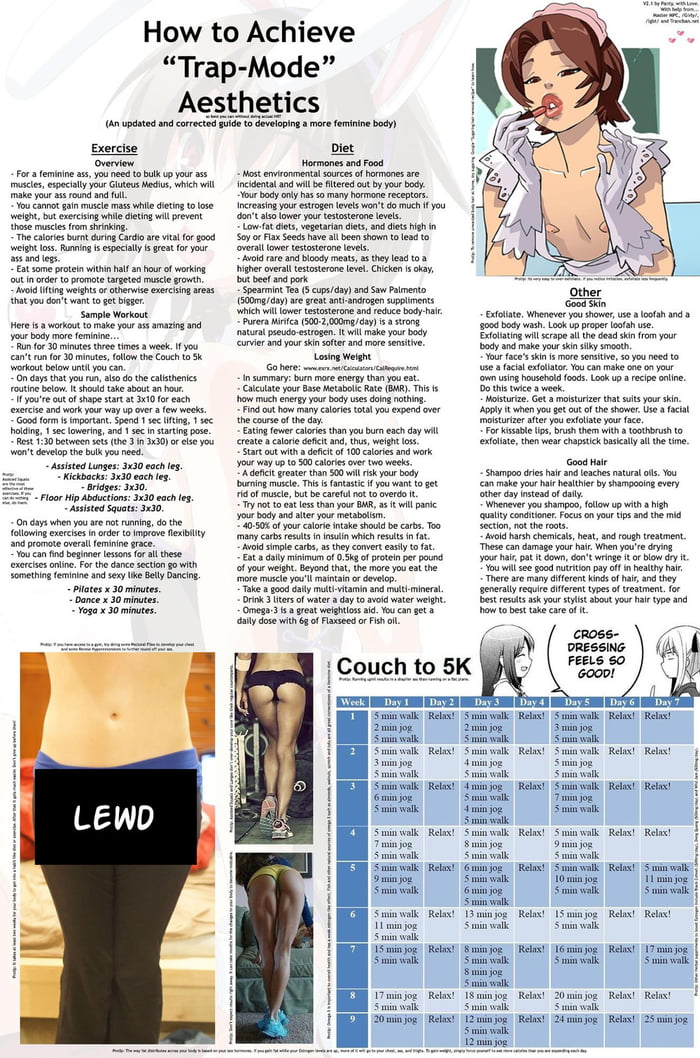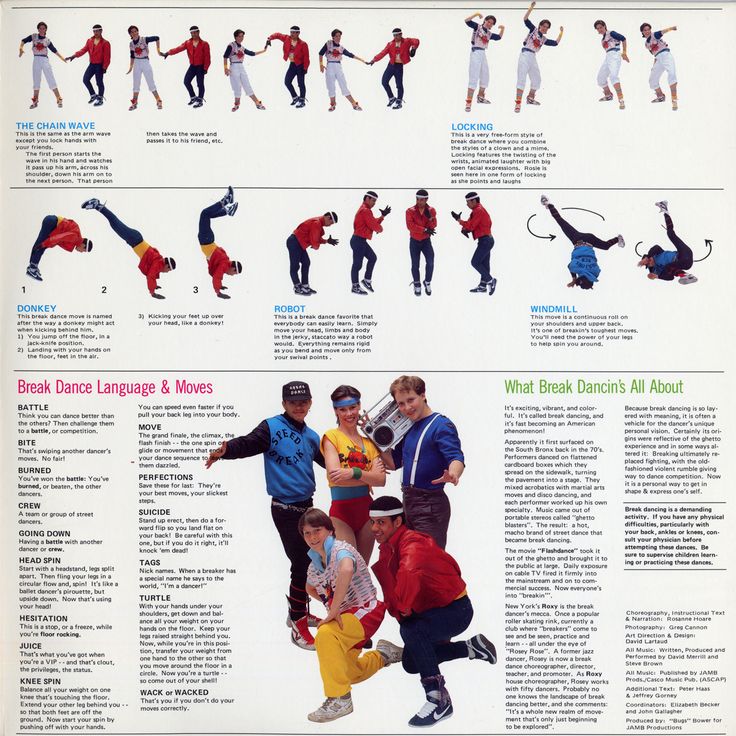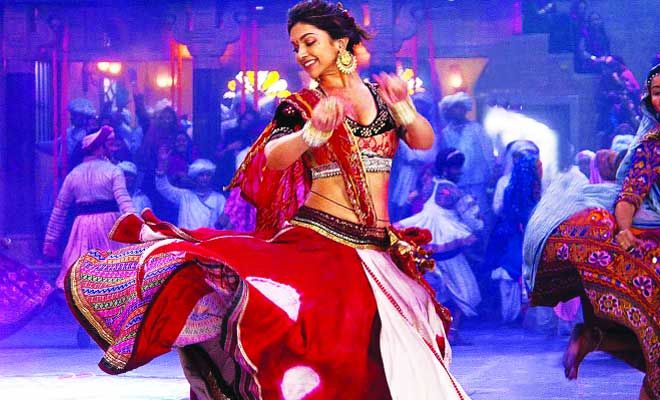How to become a stronger dancer
How To Become A Better Dancer: 5 Tips -
So you want to know how to become a better dancer?
Here are 5 important tips that will help you improve as a dancer fast:
1. Take Lessons Consistently (You’re not special)
Some people think that they can get good without ever taking any dance lessons…
This is a mistake. Think about everything else you ever learned in your life, did you just wing it? No, you probably took lessons to become good at it. The same goes with dancing. You can take lessons in person or online. For in-person lessons you can do group classes or private lessons. For online lessons you can learn from videos. Check out our online Ballroom dance videos here.
Furthermore, it is important to take the time to find the right dance teacher for your goals, because some are definitely more qualified than others. My recommendation is try out a lesson with several teachers before committing to one specific dance instructor. Read our article on what makes a good dance teacher.
2. Practice Daily At Home/Studio
One of the most important habits you need to adopt is daily consistent practice. No matter how naturally good you are, you need to practice if you want to become a better dancer. Many people assume that just because they take lessons, they don’t need to practice. This could not be further from the truth. It is precisely because you take dance lessons, you need to practice even more to make sure you retain everything you’ve been learning.
Becoming a better dancer requires muscle memory. And muscle memory requires a lot of repetition through practice. So don’t overthink it – simply make some room in your living room, get a mirror and practice the things you worked on at your last lesson/class. Check out our practice guide for Ballroom dancers.
3. Have A Goal
One of the fastest ways to improve your dancing is simply to have a goal to work towards. The goal can be a performance at your studio’s showcase or party.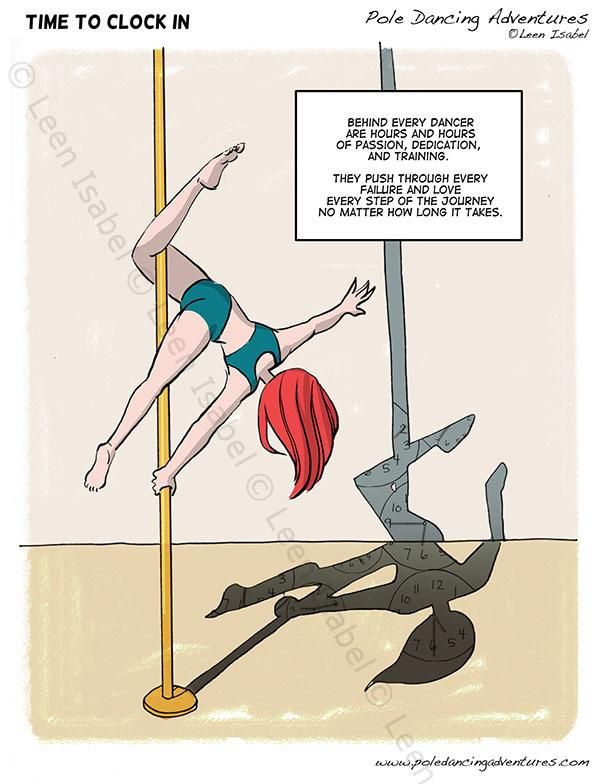 It can also be a dance competition. Even if you don’t want to perform you can still come up with a social dance goal such as “be able to dance comfortably at next month’s party”. Be creative with it as there is no wrong or right goals. The most important thing is to have one and to have a future date that you’re working towards. This will keep you motivated with your daily practice!
It can also be a dance competition. Even if you don’t want to perform you can still come up with a social dance goal such as “be able to dance comfortably at next month’s party”. Be creative with it as there is no wrong or right goals. The most important thing is to have one and to have a future date that you’re working towards. This will keep you motivated with your daily practice!
4. Feel your body
After you’ve learned the mechanics of the steps and routines, you need to make sure that you let your body “Feel” the movements so that all the steps and styling can really sink in to your muscle memory. You don’t want to be stuck in your head when you’re practicing or taking lessons, you need to be in “your body” to retain the dance moves, and progress faster.
After you got it pretty good, just put on the music and try to feel your body going with the music… This will also add enjoyment to your dancing.
5. Keep yourself inspired
It is critical to work on staying inspired and motivated with your getting better in dancing goal.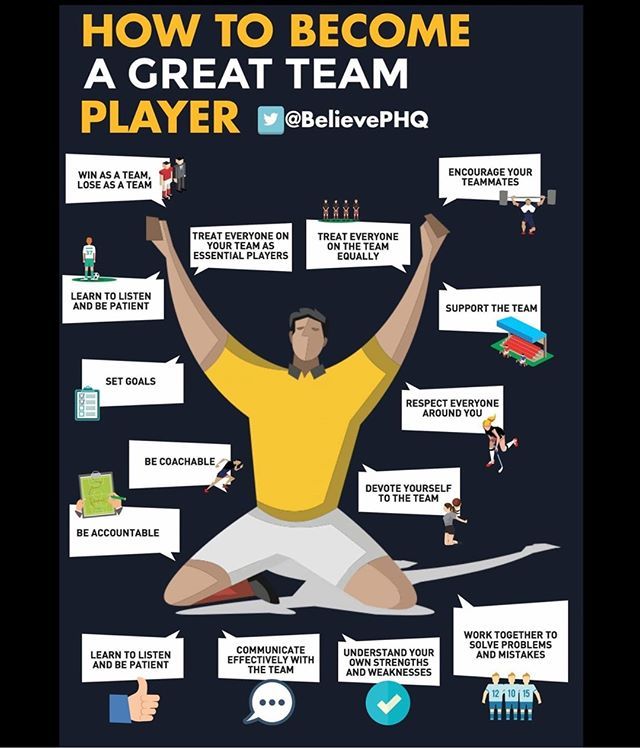 Life gets in the way, so some days you will be more inspired than others… The key is to figure out some specific triggers that can energize you quickly to get back in the groove, whenever you’re not feeling it.
Life gets in the way, so some days you will be more inspired than others… The key is to figure out some specific triggers that can energize you quickly to get back in the groove, whenever you’re not feeling it.
For example, let’s say you don’t feel like going to your dance practice today. What you can do is watch some videos of your favorite dancers performing your favorite choreography on youtube!
That should get you back on track fast.
Watch Video – 5 Tips For Improving As A Dancer:
What do you think? Leave a comment below.
By: Leon Turetsky
Professional dance instructor
Related:
More Dance Articles & Tips
Types of ballroom dances
Styles of Latin Dances
5 Scientific Steps That Will Make You a Better Dancer
A good dancer can command a crowd. Louis XIV studied ballet as a means to elevate his status and influence, using his dance moves as a political tool. More recently, artists like Sammy Davis Jr. and Beyoncé achieved superstardom because their dance moves augmented the power of their music. Though learning how to dance well may seem dependent in talent, science has a few hints about what can make someone—even you—a great dancer.
Louis XIV studied ballet as a means to elevate his status and influence, using his dance moves as a political tool. More recently, artists like Sammy Davis Jr. and Beyoncé achieved superstardom because their dance moves augmented the power of their music. Though learning how to dance well may seem dependent in talent, science has a few hints about what can make someone—even you—a great dancer.
-
Step One: Tap Into Your Core
Basic ways of moving, such as the ability to crawl, stand, and walk, develop when we’re children and become second nature as our brains cement these actions in memory. By age 2, toddlers will attempt bobbing up and down to the beat of a song or try simple dance moves. Coordinating and practicing these grooves begins once we’ve mastered standing with a neutral pelvis—a position in which the head, shoulders, and hips align when viewed from the side with a slight curve in the lower back.
“Not only might [a] neutral pelvis facilitate body movements in general, but it also seems to improve specific action at [the] hip and lumbar spine,” write Clara Fischer Gam and Elsa Urmstom in an article posted on the International Society of Dance Medicine and Science’s website. This alignment stabilizes the core, which supports more dynamic movement.
This alignment stabilizes the core, which supports more dynamic movement.
To find your neutral pelvis, Dance magazine recommends lying on your back with your knees bent, allowing the natural curve of your spine to create a slight space between your lower back and the floor. In this position your hips should not tilt noticeably up toward the ceiling or into the floor; they should remain “neutral,” creating a plane level enough to balance a glass of water.
-
Step Two: Warm Up
After achieving a neutral pelvis, stay put for some stretching.
One of the simplest ways to increase your body’s range of motion is to generate heat through low impact movement, says Marijeanne Liederbach, director of NYU Langone's Harkness Center for Dance Injuries. This also helps protect against injuries.
"In order for [muscle] to have safe range of motion, it needs to warm up a little bit,” Liederbach tells Mental Floss. Once warm, muscles have more elasticity, which means you can twist and bend with greater ease. Stretching primes your body for more for strenuous activity and reduces the risk of injury.
Once warm, muscles have more elasticity, which means you can twist and bend with greater ease. Stretching primes your body for more for strenuous activity and reduces the risk of injury.
-
Step Three: Shift Your Weight
In 2013, researchers in the UK conducted a study in which a group of 48 men and women judged the quality of 30 male dancers’ moves. Their favored traits were bold and varied core movements, like bending and twisting from side to side or back and forth, while incorporating vigorous arm movements. In 2017, the same researchers published a similar study of 39 female dancers, all British university students, that suggested greater hip swings and asymmetric movements of the thighs and arms are considered desirable traits.
"Dance [is] a human behavior that everyone does,” Nick Neave, a co-author and professor at Northumbria University, tells Mental Floss. “We thought these movements would be honest signals—you can't fake them—so they're giving off information about your health, your age, your fertility, [and] your reproductive stages. ” (Critics have argued that these findings are arbitrary because the sample sizes of the dancers were too small.)
” (Critics have argued that these findings are arbitrary because the sample sizes of the dancers were too small.)
So, stand up and practice leaning from one leg to another. Try deeply bending your knees or standing tall on the ball of your foot. Then, shake out your arms and legs. It might help to picture one of those inflatable tube people grooving in the wind.
Remember, the more you practice your moves, the more seamless your moves will become. “If people keep coming back to these basic elements of movement, then they can pretty much intelligently progress up to whatever movements they want,” Liederbach says.
As for synchronizing with music, for most of us, following the beat is intrinsic and natural. Being “beat-deaf” is rare, but a 2014 study of two such individuals suggested that some people have more difficulty than others synchronizing movement with external cues, like music.
-
Step Four: Connect with Other Dancers
Breaking a sweat activates endorphins, which trigger a sense of pleasure and make dancing enjoyable, but there’s also evidence that dancing supports human connection. In an article in Scientific American, neurologist John Krakauer attributes some of this connection to cells called mirror neurons, which cause your brain’s movement areas to activate while dancing and while watching others dance.
In an article in Scientific American, neurologist John Krakauer attributes some of this connection to cells called mirror neurons, which cause your brain’s movement areas to activate while dancing and while watching others dance.
“Unconsciously, you are planning and predicting how a dancer would move based on what you would do,” Krakauer writes. So, if you can’t perform a pirouette, watching ballet is still rewarding.
Mirroring movement also is powerful in action. “There is something about doing the same thing at the same time with other people that really bonds us and expands our sense of self,” Scott Wiltermuth, an organizational behavior professor at the University of Southern California, tells Mental Floss. From an evolutionary perspective, it makes sense we would derive pleasure from coordinating well with others: in early hunter-gatherer societies, collaboration meant survival, he says.
Ilya Vidrin, a Ph.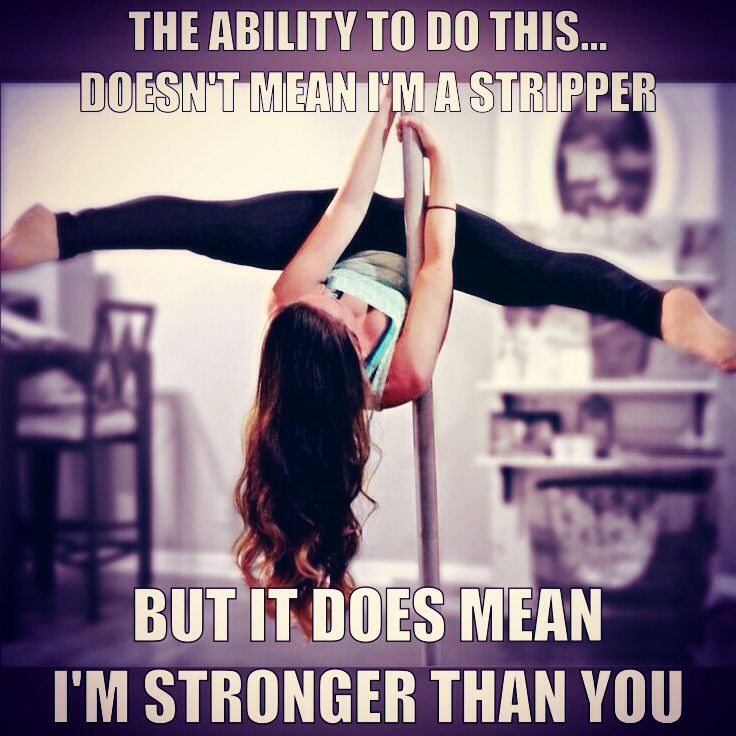 D. candidate at the Centre For Dance Research in the UK and a Harvard Fellow, suggests that qualities that strengthen relationships in life, such as the ability to pick up on tonal shifts in voice and subtle shifts in body language, also strengthen partnerships in dance. “It’s clear that just because you’re making eye contact [and] touching … doesn’t mean that you’re connected,” he tells Mental Floss.
D. candidate at the Centre For Dance Research in the UK and a Harvard Fellow, suggests that qualities that strengthen relationships in life, such as the ability to pick up on tonal shifts in voice and subtle shifts in body language, also strengthen partnerships in dance. “It’s clear that just because you’re making eye contact [and] touching … doesn’t mean that you’re connected,” he tells Mental Floss.
-
Step Five: Be Authentic
According to Judith Lynne Hanna, an anthropologist at the University of Maryland, it’s important to remember that aesthetic attitudes toward dancing vary by personal preference, genre, culture, and nation. For example, flamenco dancers exhibit a strong connection to the ground with rooted footwork, while ballet dancers strive to maintain a lifted frame and elevate the body.
Among the Ubakala, an Igbo group in Nigeria, movement patterns reflect a person's identity.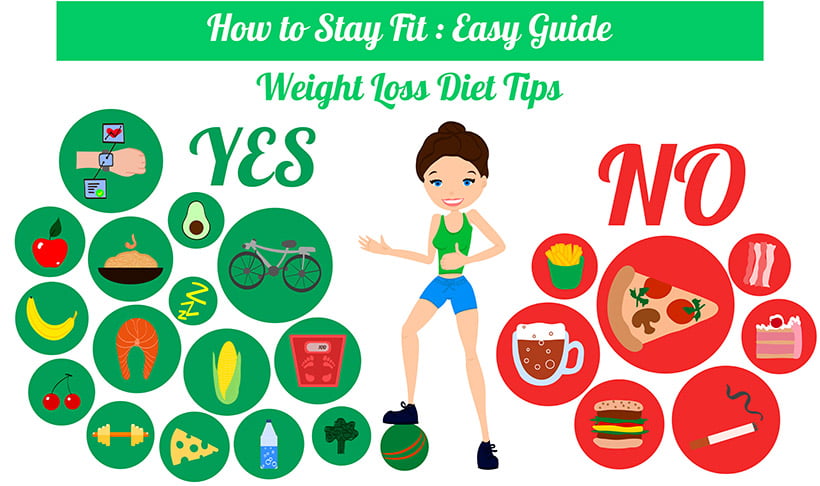 It's common for women of child-bearing age to dance in circular formations, using more fluid movements, while men dance vibrantly in warrior-like patterns. Elders in the group tend to act like dance rebels, however; they often defy gender norms and dance however they like, Hanna says. The ability to connect through movement keeps these dance forms alive.
It's common for women of child-bearing age to dance in circular formations, using more fluid movements, while men dance vibrantly in warrior-like patterns. Elders in the group tend to act like dance rebels, however; they often defy gender norms and dance however they like, Hanna says. The ability to connect through movement keeps these dance forms alive.
No matter where you source your style, be yourself. “If people are afraid to look stupid, if people are afraid to fail, then likely they’ll be more afraid to dance,” Vidrin says. There’s no need to fear the unknown on the dance floor.
ᐅ How to become a dancer? | How do they become dancers?
Many people dream of working as a professional dancer, imagining fame, popularity and brilliance of spotlights. But how to become a dancer, what is needed for this? Let's find out!
To begin with, it is worth understanding that this is, first of all, hard work, and only a few are given to break onto the stage.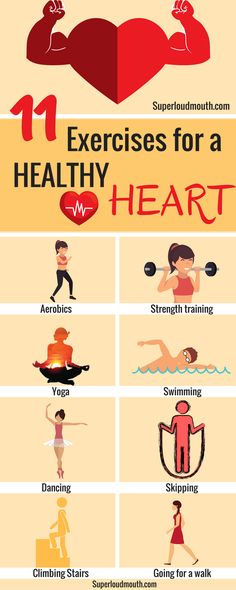
The profession of a dancer requires good physical shape and long training sessions.
Contents:
- How to become a dancer?
- How do you become a dancer from scratch?
- Schools where one becomes a dancer
- How to become a dancer without education?
- How to become a good and successful dancer?
How to become a dancer?
Anyone can become a dancer. This does not require special education, somewhere to study, and all that is needed is to experience the pleasure of dancing. But that's if it's a hobby. Amateur and professional dancing, pleasure and work as a dancer are very different concepts.
I dream of becoming a professional dancer. How do they become dancers in general, what do you need to know and be able to do, how to start?
Unfortunately, and maybe fortunately, not all become successful dancers. To do this, you need not only to love to dance, but also to have a confident and strong desire to improve, overcoming difficulties.
To do this, you need not only to love to dance, but also to have a confident and strong desire to improve, overcoming difficulties.
In order to reach the top in the profession, it is not so much external data that is important, but attitude to business and diligence. With these qualities, you can become a good dancer, whose performances are pleasant to watch the audience.
How do you become a dancer from scratch?
In order to become a dancer from scratch, you need to be sure that this particular job will become the work of a lifetime. Such a creative profession requires complete dedication and the ability to express vivid emotions.
In addition, you need to prepare physically and develop endurance. After all, rehearsals last many hours and take place almost every day.
Before you start mastering the profession, you need to decide on the style.
There are a huge number of them, and it is important to choose the most suitable one for yourself. When choosing, you should take into account personal preferences and your level of physical fitness. For confidence, you can rehearse in front of a mirror.
When choosing, you should take into account personal preferences and your level of physical fitness. For confidence, you can rehearse in front of a mirror.
Schools for becoming dancers
You can become a dancer after receiving a special education. To do this, you need to enter an art college or university. They are accepted here on the basis of nine and 11 classes, depending on the direction.
To enroll in a group, you need to pass a creative competition, for which you should prepare well. You also need to be ready to provide the results of the exam in Russian and literature. The exact list of subjects required for admission can be clarified at the educational institution.
Training to be a dancer in an educational institution is not yet a guarantee that you can become one.
Getting a professional education on the basis of a college or university will not yet give you the opportunity to become a dancer, but it is an opportunity to acquire all the necessary knowledge and skills.
Experienced teachers will help you develop your talent and fully reveal your creative potential. They will point out mistakes and help correct them. But a lot depends on the student. Therefore, the educational institution itself will not make you a dancer, it will only give you an opportunity.
For example, while studying, students have the opportunity to participate in many competitions and festivals, which will help them test their strength and even get a job offer.
How to become a dancer without education?
Many people become dancers without special education. For this profession, attitude and talent are much more important. If a person truly loves to dance and develops his abilities, then he will be able to achieve considerable success. It is important to understand that a couple of hours of training three times a week is not enough to become a professional dancer. You have to work hard and hone your skills.
For beginner dancers, it is not so much the technique of performance that is important, but the development of endurance and the ability to express their emotions through body language. The presence of charisma and a bright personality distinguishes a good dancer from the rest. You need to be ready for constant hard training and strictly follow the regimen.
The presence of charisma and a bright personality distinguishes a good dancer from the rest. You need to be ready for constant hard training and strictly follow the regimen.
You can learn to dance professionally if you have good skills on your own. But it is better to seek help from professionals. To do this, there are many circles, courses and dance schools. There, in a fairly short time, you can master a certain dance style. Regular classes with a dance teacher will help develop physical endurance, learn basic dance moves, and develop talent in yourself.
Members of clubs and dance schools often get the opportunity to participate in competitions and perform at concerts. This has a positive effect on emotional mood, increases confidence and gives you the opportunity to express yourself. Achievements in competitions will be a great addition to the portfolio of a novice dancer.
How to become a good and successful dancer?
In order to succeed and shine on stage, you will have to make a lot of effort. The most important qualities of a good dancer are charisma, perseverance and hard work.
The most important qualities of a good dancer are charisma, perseverance and hard work.
The main thing is to choose this profession consciously and remember that behind the beauty and brilliance of dancers' performances there are constant training and heavy workloads.
And as mentioned above, one cannot become a dancer overnight, without proper preparation. You need to play sports and follow the necessary regimen. Only thanks to this, professional dancers cope with difficult numbers and exhausting rehearsals.
It is important to choose the most appropriate dance style for you. You can master it perfectly by completing training as a dancer in a professional educational institution. And for people who want to learn how to dance without going to college or university, there are many options for circles, courses and dance schools.
In any case, learning to dance professionally is much easier with a teacher. It will help you master all the dance moves and learn how to beautifully express emotions on stage with the help of dance.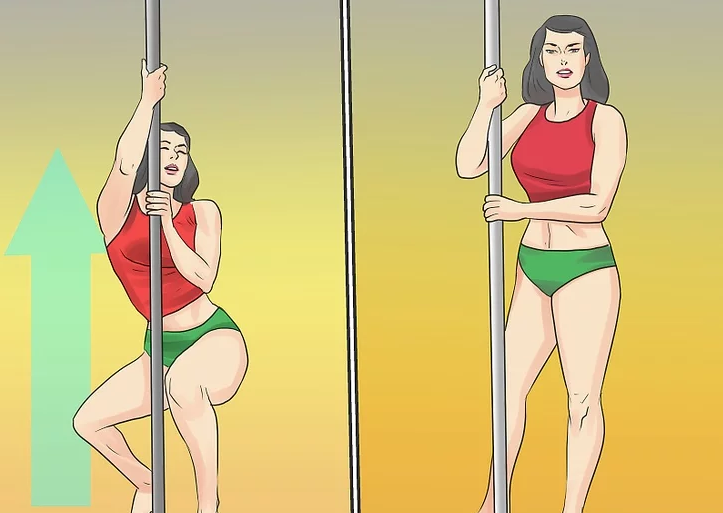
How to Become a Professional Dancer (Step by Step) • BUOM
By Indeed Editorial Team
May 13, 2021
Becoming a professional dancer takes passion, determination and dedication. You must invest time in building your craft in order to have a successful career. Hard work is an important quality that a professional dancer possesses. In this article, we will explain what a professional dancer is, what a professional dancer does, how to become one, skills, salary and job prospects.
What is a professional dancer?
A professional dancer is a person who has the qualifications, skills and training in a particular form of dance. Professional dancers perform a choreographed dance in front of an audience and use their bodies to convey the emotions that tell the story. They specialize in various dance styles such as modern dance, modern dance, street dance, ballet and hip hop and appear in theater productions, films, music videos and Broadway shows.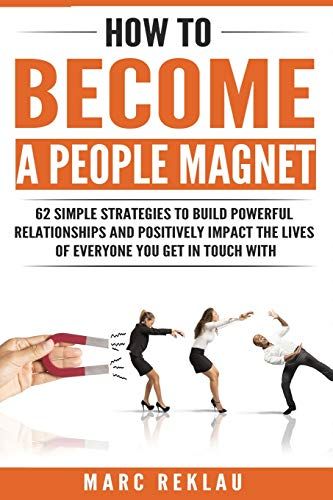
What does a professional dancer do?
A professional dancer works with directors, choreographers and other dancers to develop dance sequences for performances. Professional dancers work in a professional environment and work in large dance groups. They spend time studying difficult numbers and interpreting the work of the choreographer. Other duties of professional dancers:
-
Spending time rehearsing performances
-
Attendance and preparation for audition
-
Learning different types of dance.
-
Compliance with safety precautions
-
TEACHING TO MEED HOW TO CHOOKS, such as acting or singing
-
Timely appearance at rehearsals, advertising events and auditions
-
Maintaining good relations with other dancers, instructions and senior staff
Professional dancers work in a wide variety of industries, but generally fall into these three categories.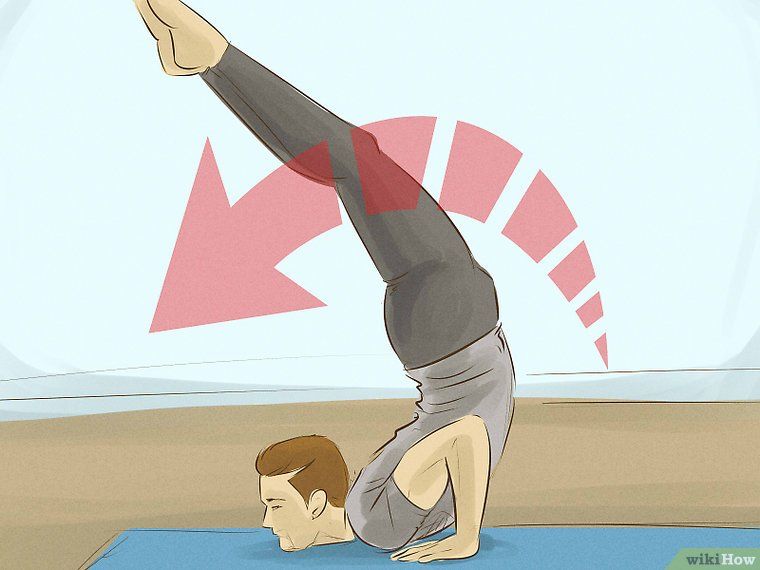 These are:
These are:
-
Company dancers: Company dancers are usually hired by one company with which they perform regularly for a long time.
-
Commercial dancers: Commercial dancers are usually freelancers who work on commercial projects including films, music, cruise ships, musicals, and commercials.
-
Dance teachers: Dance teachers often become teachers when they can no longer dance or discover that teaching is their passion.
How to Become a Professional Dancer
Professional dancers are passionate, determined and persistent in achieving their goals. Here are a few steps to help you transition to professional dance:
1. Complete extensive training
No qualification or degree is required to become a professional dancer, but training is an important factor. Professional dancers begin their training at age five and begin auditioning for full-time jobs at age 18. Training helps develop the muscle strength and techniques necessary to turn a talent into a profession. Dance groups and performing arts schools offer students the experience they need to enter professional dance groups. People who are just starting out in dance should start with ballet because it offers an excellent foundation for developing strength, muscle memory and flexibility that will help them in any dance style.
Dance groups and performing arts schools offer students the experience they need to enter professional dance groups. People who are just starting out in dance should start with ballet because it offers an excellent foundation for developing strength, muscle memory and flexibility that will help them in any dance style.
2. Consider getting a bachelor's degree
It is not necessary to have a university degree to become a professional dancer, but a dance major can give you the opportunity to become familiar with various dance genres. You also have the option to focus on a particular dance. A variety of universities and colleges offer majors in dance through visual arts or theater departments. On the dance direction you will learn:
-
Choreography: You learn performance skills through various dance techniques and ways of expressing yourself through choreography.
-
Production: As a student, you will learn about behind-the-scenes production processes.
 This may include sound work, lightbar control, costumes, lighting design, and stage management.
This may include sound work, lightbar control, costumes, lighting design, and stage management. -
History of dance: you will learn about the origins of dance and how people from different continents view dance from a social, ceremonial and cultural point of view.
-
Teaching: You will learn how to develop teaching skills to teach people from different age groups and communities.
-
Movement and body alignment: You will learn about muscle coordination and posture.
3. Gain experience
If you want to increase your chances of getting a job as a professional dancer, you should consider moving to a city where entertainment thrives. However, take the time to research the arts communities in your area where you can volunteer to dance. You can also gain experience:
-
Activities: Participation in dance classes helps you develop your skills, stay physically fit and gain experience. Taking dance classes also increases your chances of getting an audition because the director or choreographer may be familiar with your work or have experience working with you.

-
Master Class Attendance: Most of the dance workshops are taught by renowned choreographers and members of dance groups. Choreographers always keep a close eye on who follows instructions and improves. Always try to make a good impression by attending seminars because it may lead to future opportunities.
4. Find out about union jobs
Major dance companies are unionized, and TV, film and Broadway jobs are unionized. You must have a union card to be eligible to audition. The union card identifies you as a legal union member and allows the union to represent you. Some unions representing dancers are:
-
Screen Actors Guild / American Federation of Television and Radio Artists (SAG-AFTRA): They represent dancers, recording artists, emerging writers, stunt performers and other media professionals.
-
Actors' Equity Association (AEA): They present Broadway shows.
-
American Guild of Musical Performers (AGMA): They represent the New York City Ballet.
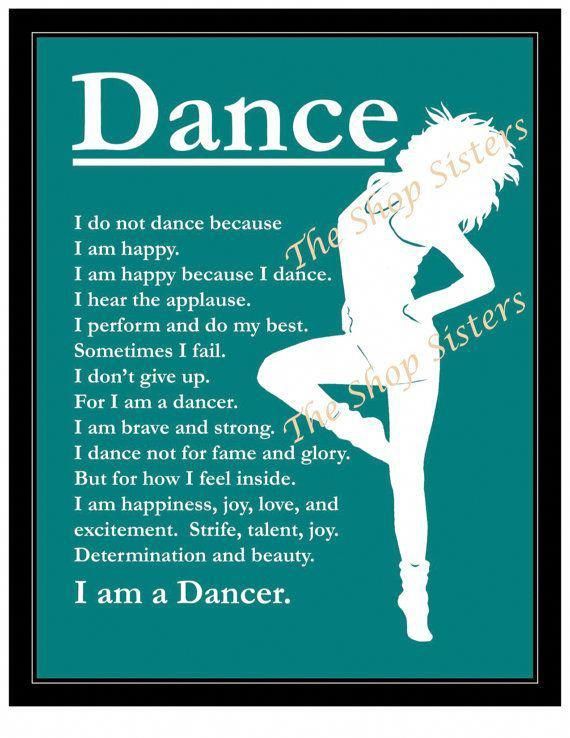
-
American Guild of Variety Artists (AGVA): They represent performing artists.
5. Find a talent agent
Becoming a professional dancer can be tricky; this is why most dancers choose to work with a talent agent. A talent agent is a professional dedicated to helping clients navigate the entertainment industry as well as helping their clients find auditions and submit dance videos and resumes. They facilitate the process of professional dance career. You must take the time to research and find a reputable agent.
The union usually represents a reputable agent. Laws vary from state to state regarding talent agents, but the agent should not require you to pay anything. They are usually paid a 10% deduction from your earnings when you commission a job. You must find an agent who shares your vision and is interested in you. Asking other dancers or choreographers for recommendations is a step in the right direction, or you can check agency websites to see what kind of clients they represent. You should have these three things in mind before contacting your ideal agency:
You should have these three things in mind before contacting your ideal agency:
-
Letter of recommendation: You can ask your dance teacher to write a letter of recommendation that highlights your strengths.
-
Resume: Your resume should detail your education and performance experience, including what you've done, the name of the project you've danced in, and who you work for. If you haven't worked on a professional project yet, you can list competitions, local productions, and musicals you've been in to add to your performance experience.
-
Dance video: The agency wants to see your skills, so make sure you record a number that shows your style and talent.
6. Write Your Resume
When you go to an audition, some people may want your resume. Your dance resume should contain important details, including:
-
Dance Video: This is a short collection of videos that showcase your skills and experience as a dancer.
 Usually it is several minutes. You must have a dance video no matter what production or project you are applying for.
Usually it is several minutes. You must have a dance video no matter what production or project you are applying for. -
Headshots: Professional headshots are needed because they help choreographers, agents and casting directors remember you. Headshots also provide choreographers and directors with an easier way to decide which dancers are best suited for a company or production. Your headshots should reflect your current look and be crisp.
-
Resume: Your resume should be easy to read, precise and concise. It must include your full name, phone number, email address, union status, and dance experience.
7. Attend auditions
Auditions are a huge part of being a dancer. You can showcase your skills and talents to industry professionals. The process can be overwhelming, whether you're going to audition for a dance company or college, but preparing for them can make the process easier and less stressful. Here are some things that can help the audition process:
Review the audition application.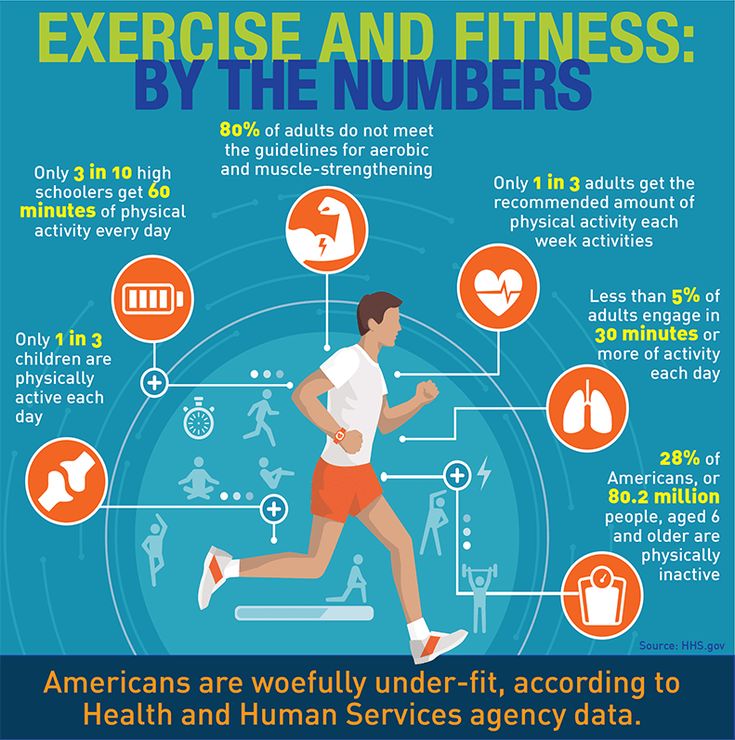 Many application forms contain important information about how the audition process works. It is extremely important to make a checklist of dress code requirements and rules to make sure you follow them.
Many application forms contain important information about how the audition process works. It is extremely important to make a checklist of dress code requirements and rules to make sure you follow them.
-
Do your research: in some cases, you may already know the choreographer for whom you are performing. Studying their videos to get an idea of their style can give you an idea of how to deliver great performance.
-
Work on your freestyle: directors or choreographers may want you to freestyle to determine what sets you apart from other dancers. You must practice your freestyle regularly to gain confidence.
-
Rehearse before your audition: For commercial dances, many auditions are done on camera. You should practice your close-ups by asking a friend or family member to film you.
-
Get enough sleep: You should get at least eight hours of sleep before your audition to get the energy and focus you need to perform.
-
Arrive early: To make a good impression, set your alarm for the morning so you can get ready and leave home early.
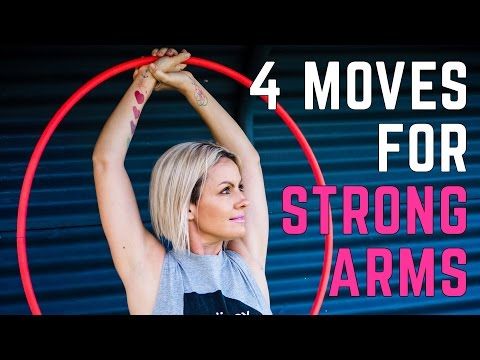
-
Dress appropriately: your clothes should be comfortable and appropriate for the style of the dance, and allow for freedom of movement. Your clothing must also comply with the audition rules. Keep in mind that the judges also want to see your body, so wear something appropriate to show off your form. If you're auditioning in a classical category such as ballet, jazz, or modern dance, wear leotards and tights. Some auditions have stricter rules and require you to wear a uniform. Always follow the rules.
-
Watch the judges' reactions: pay attention to how the judges react to other dancers performing. Observing the judges' facial expressions and body language can help you avoid the same mistakes other dancers make and inspire you to improve your performance.
8. Stay healthy
To have a long professional dance career, you must maintain your health and strength. You should avoid processed foods and eat whole foods instead. Also, get regular exercise with cardio workouts like running, swimming, cycling, and weight lifting to strengthen your muscles. This helps to reduce the number of injuries.
Skills of a professional dancer
In addition to being talented, you must have skills that will help you have a successful career. These skills are:
-
Creativity: You must have interesting, innovative ways to express your ideas through dance.
-
Physical Strength: You must have excellent mobility and strength to move your body without losing balance or falling, and be able to work for long periods of time.
-
Interpersonal skills: You must be able to interact effectively with others because you will be working with many people.
-
Discipline: You must have a good attitude, follow the rules and meet the requirements.
-
Persistence: You must remain committed to your years of study and overcome obstacles and disappointments in the future.
-
Active listening: You must be able to pay attention to instructions given by directors and choreographers.
